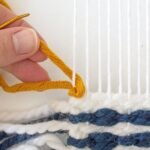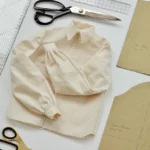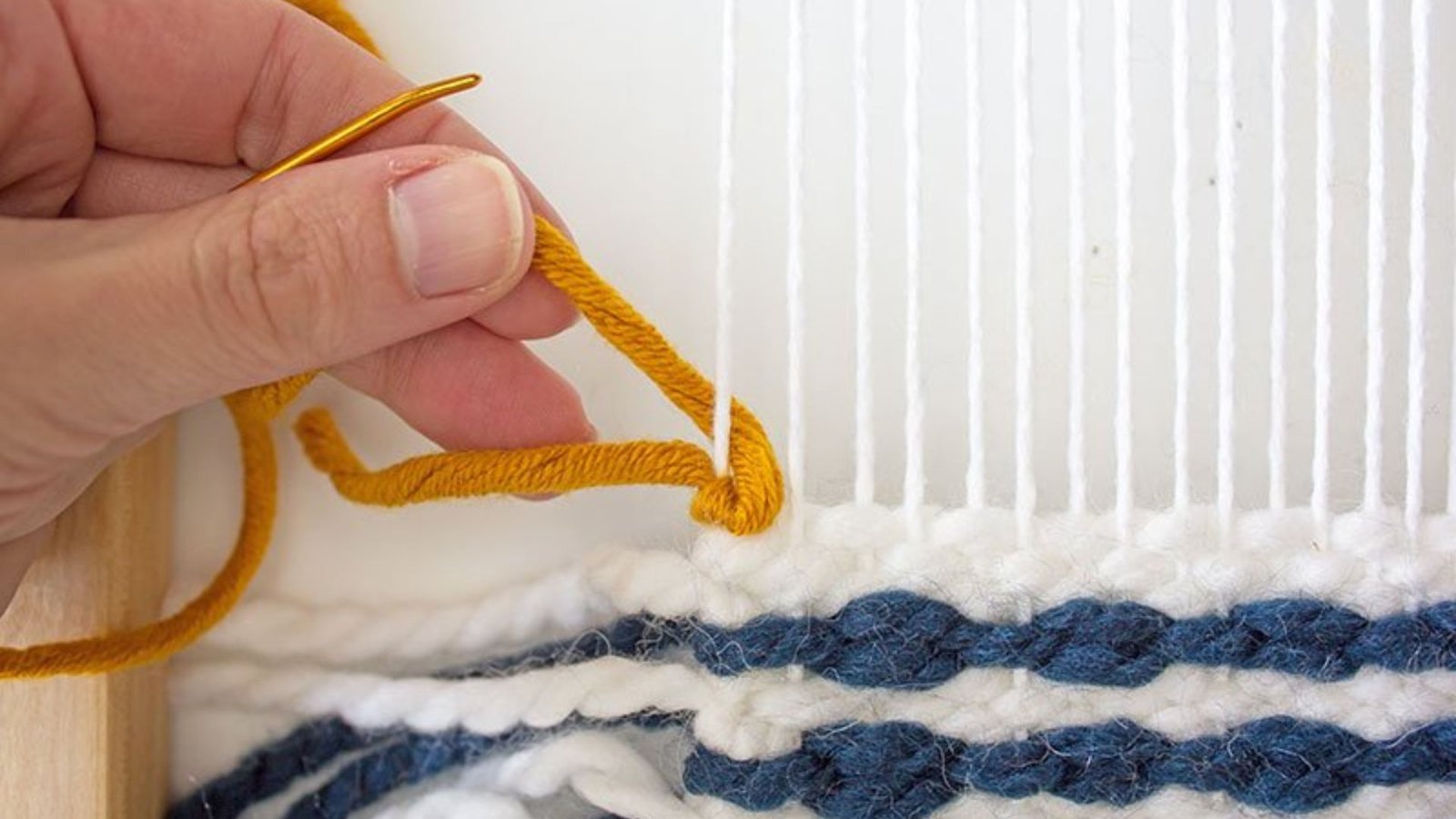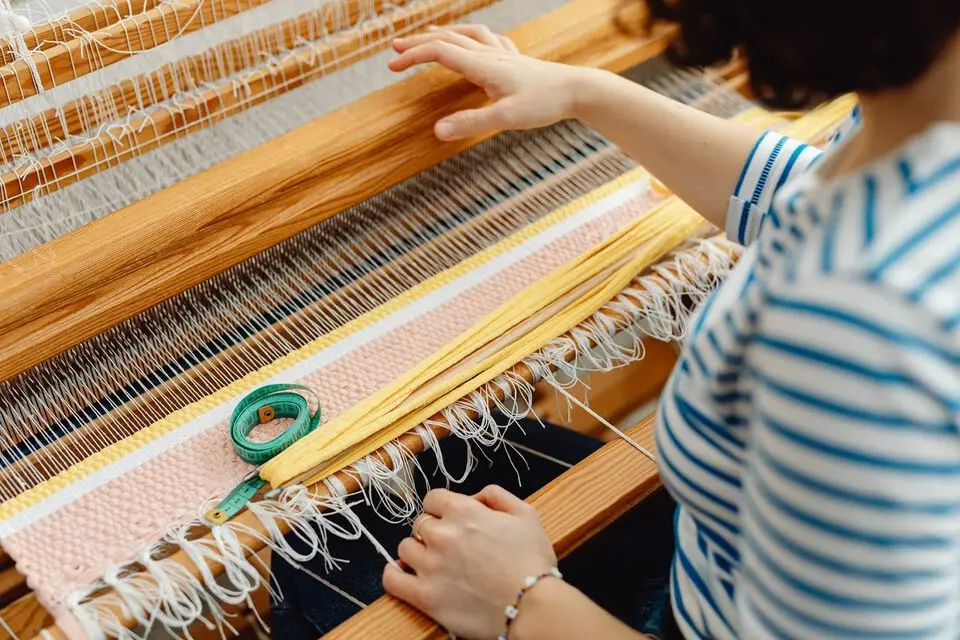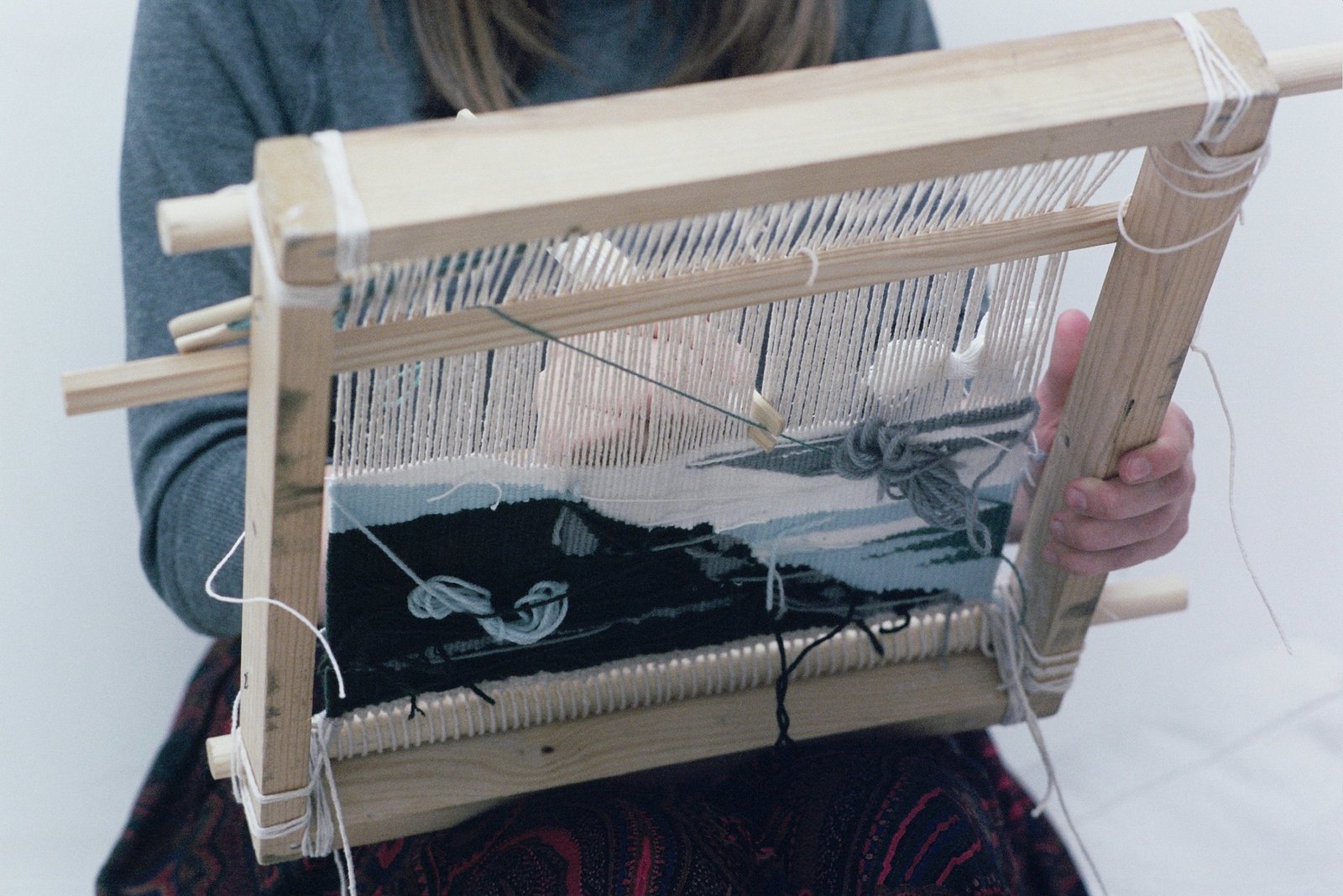In the age of sustainability and environmental consciousness, weaving with recycled materials is gaining popularity among both seasoned artisans and beginner crafters. This eco-friendly approach not only reduces waste but also inspires creativity, allowing artists to repurpose everyday items like old fabrics, plastic, and paper into intricate, one-of-a-kind weavings. In this article, we’ll explore how weaving with recycled materials is transforming the world of textile art, along with tips on how to start your own recycled weaving project.
Why Weave with Recycled Materials?
- Environmental Benefits:
Weaving with recycled materials helps reduce the amount of waste that ends up in landfills. By repurposing materials such as plastic bags, fabric scraps, and old clothing, we can give new life to what would otherwise be discarded. This contributes to a more sustainable lifestyle and reduces the demand for new, resource-intensive materials. - Creative Expression:
Using recycled materials opens up a world of creative possibilities. Each item, whether it’s a colorful plastic strip or a piece of worn denim, brings its own texture, color, and character to a weaving project. This allows for highly unique designs that stand out in the world of textile art. - Affordability:
Recycled materials are often free or inexpensive, making this an accessible art form for people on a budget. Old T-shirts, towels, newspapers, and even plastic packaging can be transformed into beautiful woven creations without the need to purchase expensive supplies.

Types of Recycled Materials You Can Use for Weaving
- Fabric Scraps:
One of the most common materials used in recycled weaving is fabric scraps. These can come from old clothing, bedding, or even upholstery remnants. Cutting the fabric into strips and weaving them together creates vibrant, textured pieces that are both durable and visually striking. - Plastic Bags and Packaging:
Plastic is one of the most harmful materials to the environment, but it can be repurposed into striking woven art. Plastic bags, packaging straps, and even bubble wrap can be cut into strips and woven into durable rugs, bags, or even wall hangings. - Newspapers and Magazines:
Paper weaving has been around for centuries, but modern weavers are breathing new life into the practice by using old newspapers, magazines, and junk mail. Rolled or folded paper strips can create intricate designs and patterns, resulting in a strong and visually interesting textile. - Yarn and Thread Leftovers:
Leftover yarn from knitting or crochet projects can be put to good use in weaving. By mixing different yarn weights, colors, and textures, you can create a dynamic piece that reflects your personal style. Even small amounts of yarn can add detail and depth to a woven project. - Denim and Old Jeans:
Old denim is a sturdy and durable material that can be transformed into woven art. Cut the jeans into long strips and use them to create rugs, placemats, or decorative wall hangings. The texture of denim adds a rustic feel to the final product, and the different shades of blue create natural patterns.
Weaving Techniques with Recycled Materials
- Basic Loom Weaving:
Using a simple loom, you can easily incorporate recycled materials into your weaving. Whether you’re working with strips of fabric, plastic, or yarn, the basic over-under weaving technique is adaptable to a wide variety of materials. Beginners can start with a frame loom or even a homemade cardboard loom to create small, recycled pieces. - Braiding and Weaving:
For larger, sturdier pieces like rugs or bags, you can braid recycled materials before weaving them together. Braiding adds strength and structure to the final piece, making it perfect for items that need to withstand wear and tear. - Tapestry Weaving:
Tapestry weaving, which involves creating images or patterns by changing the color and texture of the weft thread, is an excellent way to showcase recycled materials. Combining different textures—like plastic, fabric, and yarn—can create visually stunning effects in tapestry art. - Coiling Technique:
The coiling technique involves wrapping recycled strips of material around a core and then sewing or weaving them together to create a sturdy, functional item like a basket or a rug. This technique works well with materials like plastic bags, denim, or fabric scraps.
Creative Projects with Recycled Materials
- Recycled Rag Rugs:
Rag rugs are a classic example of weaving with recycled fabric. Old sheets, towels, and clothing can be cut into strips and woven into colorful, durable rugs that add charm to any room. - Plastic Bag Tapestries:
By cutting plastic bags into long strips, you can create unique tapestries that resemble traditional woven wall hangings. The reflective quality of plastic adds a modern twist to this ancient art form. - Upcycled Denim Rugs:
Old denim jeans can be repurposed into sturdy rugs or placemats. The heavy-duty nature of denim makes these woven pieces long-lasting, while the various shades of blue and gray create a natural color palette. - Paper Weavings:
Newspapers and magazines can be folded into strips and woven together to make decorative art, gift bags, or even small baskets. This project is perfect for recycling paper waste and adding a unique artistic touch to your home.
Tips for Successful Weaving with Recycled Materials
- Prepare Your Materials:
Before starting your project, it’s important to prepare your recycled materials. Cut fabrics or plastics into even strips and gather enough to complete your weaving. If using paper, fold or roll it tightly to ensure durability during weaving. - Experiment with Textures:
One of the benefits of using recycled materials is the variety of textures they offer. Don’t be afraid to mix and match different materials, such as soft fabric with stiff plastic, to create a visually interesting and dynamic piece. - Be Mindful of Durability:
While weaving with recycled materials is eco-friendly, it’s important to consider the durability of your final product. Certain materials, like paper or thin plastic, may not be as durable as fabric or denim, so choose your materials based on the intended use of the finished item.
Conclusion
Weaving with recycled materials offers an eco-friendly way to create beautiful, functional textiles while reducing waste. Whether you’re a seasoned weaver or just starting out, incorporating recycled fabrics, plastic, paper, and other materials into your weaving projects is a rewarding and creative way to contribute to a more sustainable world. With endless possibilities for experimentation, weaving with recycled materials is not only a step towards sustainability but also a powerful form of artistic expression.




